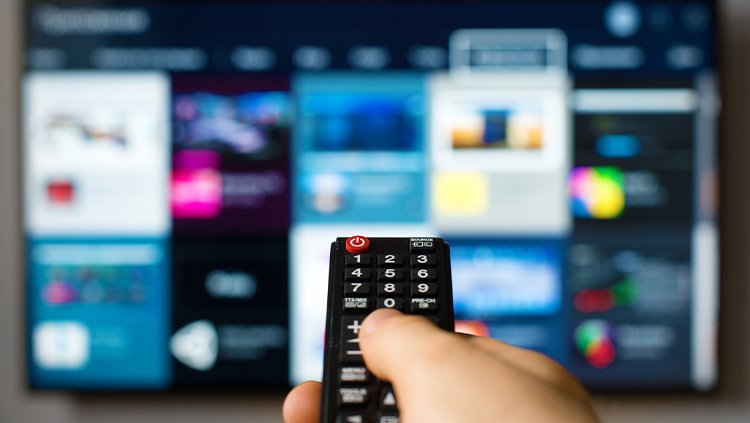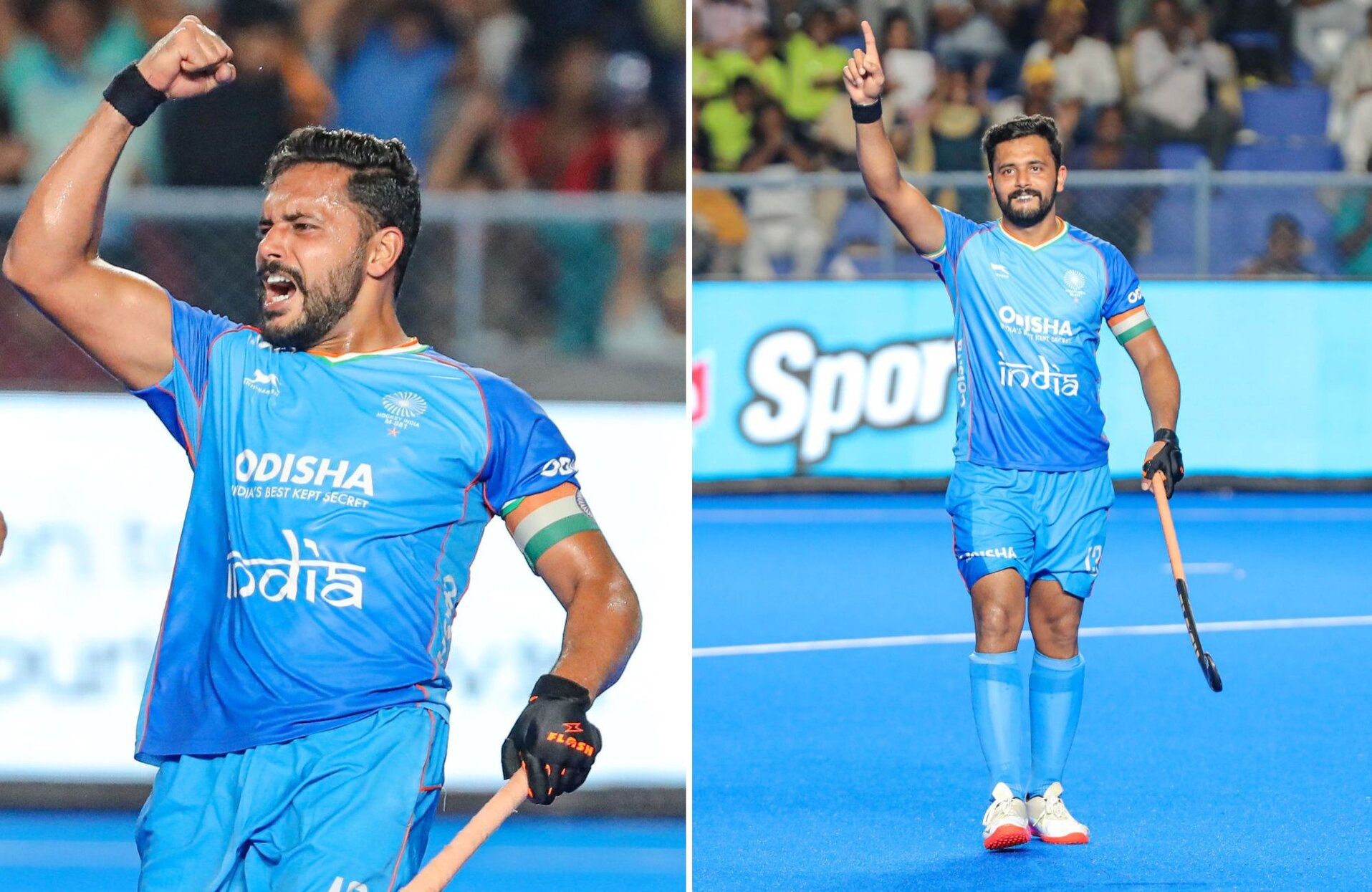NTO 2.0: An increase in broadcasting costs unnerves DPOs
The cable sector is concerned that the price revisions and the publication of RIOs by major broadcasters may result in a loss of subscribers to OTT and Free Dish.

Broadcasters like ZEEL, Sun TV, Discovery Communication India, Disney Star India, Viacom18, and Culver Max Entertainment revised their pricing and submitted their RIOs on December 16 in response to the Telecom Regulatory Authority of India's (TRAI) modification of the new tariff order (NTO) last month. Beginning on February 1, 2023, the new pricing will be in effect.
In the revised NTO, the regulator reinstated the Rs 19 MRP cap for TV channel inclusion in a bouquet and permitted broadcasters to charge more for their bundle of pay channels than the total of the MRPs of those pay channels by up to 45%.
When TRAI announced a modified NTO, the broadcasters applauded the move. K Madhavan, the president of the Indian Broadcasting and Digital Foundation (IBDF) and the country manager and president of Disney Star, commended TRAI Chairman PD Vaghela for choosing a cooperative approach to resolving the NTO 2.0-related concerns.
He declared, "NTO 2.0 is the result of the strong industry and TRAI partnership under the direction of Dr. Vaghela. We have made significant work toward fostering a more favourable environment for the sector on the price front thanks to our policy of engaging in constructive discourse rather than pursuing a litigious course to resolve current demands. We are still convinced that we can transition to a regulatory-forbearance environment.
For some bouquets, broadcasters have raised prices in the updated pricing by 10% to 15%. For instance, Zee Entertainment Enterprises LTD (ZEELZee )'s Family Pack Hindi SD, which cost Rs 43, included 25 channels, but the same broadcaster is now only offering 15 channels at the higher prices. Similar to this, Zee Family Pack Marathi SD costs Rs 49 and delivers 15 channels, down from Rs 45 and 20 channels.
Similar to this, Culver Max Entertainment's Happy India Marathi bouquet, which offers the same number of channels, was previously priced at Rs 44 and is now Rs 46. Beginning on February 1, 2023, Viacom18 will stop offering more than 30 bouquets.
According to Karan Taurani, SVP of Elara Capital, the average price of bouquets has increased by 10% (slightly more than their projection of an 8% price increase). For broadcasters, "this is sure to have a favourable impact of 4-5% on revenue predictions for FY24," he said.
He stated that due to uncertainty surrounding NTO 2.0, broadcasters also increased ala carte pricing for their marquee channels from Rs 12 to Rs 19; however, this increase won't affect ARPUs because the change from Rs 19 to Rs 12 was only hypothetical due to RIOs (Reference Interconnect Offers) submitted last year following NTO 2.0 norms.
Except for the fact that the discount percentage for the total of a la carte channels compared to the same channels in the bouquet shall be capped at 45%, NTO 3.0 does not significantly differ from NTO 1.0. Price increases are beneficial for broadcasters and, in the absence of trends toward cord-cutting or price-shaving, may lead to upgrades of between 3 and 5%.
Distribution platform operators (DPOs) have expressed concern about this, nevertheless. Numerous cable operators predict that NTO 3.0 would cause viewers to switch from paid TV to OTT services like DD FreeDish.
According to the MD of a cable TV company, around two crore digital cable TV and DTH subscribers could switch to unregulated OTT and FreeDish platforms if NTO 3.0 is adopted.
The TRAI chairman said last month at the CII Big Picture Summit that the regulator is open to tariff forbearance as long as the players in the broadcasting value chain cooperate. For channels that are provided separately or outside of the bouquet, TRAI has not set any pricing limitations.
The reduction on a pay channel's MRP that a broadcaster offers as an incentive must take into account both a-la-carte and bouquet subscriptions, according to the updated guidelines from TRAI. A broadcaster's distribution charge and DPO discounts are still limited to 35% of an a la carte channel's or bouquet's MRP.
This condition will make it more difficult for DPOs to comply with regulations, a senior representative of a significant cable TV provider earlier told exchange4media. The network capacity charge (NCF) cap should be removed, discounts should be offered to customers equally at the retail level, and broadcasters should be given a 60% NCF discount on the cost of pay channels for Multi TV connections, among other DPO demands, he continued.
The TRAI is anticipated to release a new consultation paper to address the issues raised by DPOs and local cable companies, as previously reported by e4m (LCOs).
"Cable operators worry about how this may affect their subscriber base and end users, but I think it will have a small impact. An industry analyst claims that an 8–10% price rise will have little impact on TV because the pricing differential between OTT and TV is still quite significant. He also mentioned an 8–10% increase in consumer bills.












